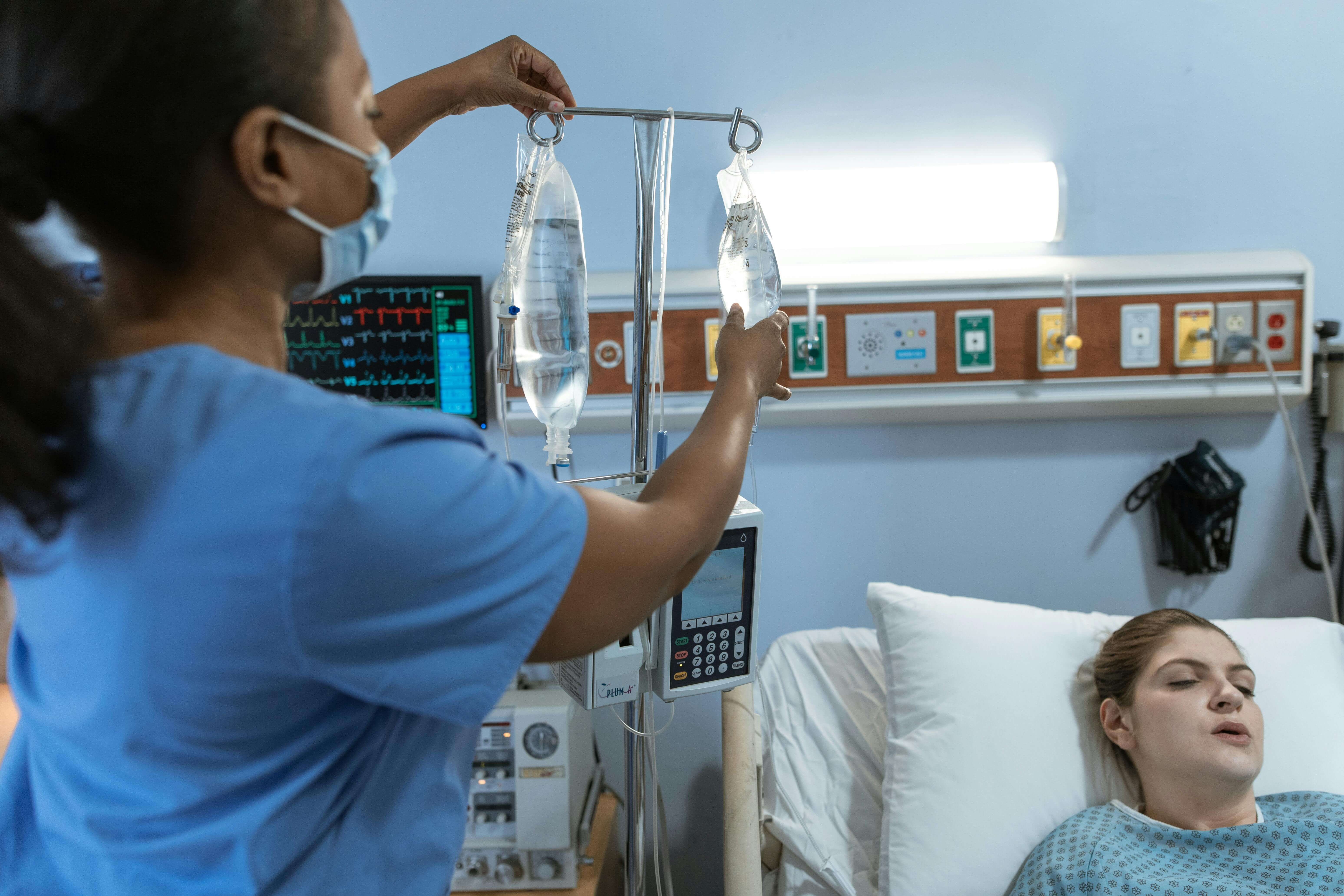Telemedicine enhances care quality and physician satisfaction

Telemedicine has been shown to improve both the quality of patient care and physician satisfaction, according to new research from Binghamton University, State University of New York.
The COVID-19 lockdown in early 2020 disrupted daily routines and forced businesses to find new ways of connecting with customers. For physicians, this challenge was particularly acute, as they could no longer meet patients face-to-face. Telemedicine quickly emerged as the best solution, especially for patients in remote areas or in regions with high infection rates.
Research conducted by Binghamton University’s School of Management has highlighted the positive impact of this shift. The study found that not only does telemedicine enhance patient care, but it also improves physician satisfaction in providing that care. As pandemic restrictions have lifted, researchers predict that telemedicine will remain a popular option moving forward.
“Before the pandemic, in-person visits were the standard, and most physicians rarely used telemedicine. This was largely due to their lack of training in telemedicine tools,” said Sumantra Sarkar, associate professor at the School of Management and one of the study’s authors. “During the pandemic, doctors were suddenly required to adopt these tools, and many felt overwhelmed, leading to burnout.”
Sarkar and his team sought to explore whether telemedicine could impact physician satisfaction and potentially reduce burnout. Their study is one of the first to examine the relationship between telemedicine usage, physician satisfaction, and the quality of care during the pandemic.
The study analyzed data from the 2021 National Electronic Health Records Survey, which included responses from over 10,000 physicians across the U.S., with nearly 1,900 answering questions about telemedicine use.
The researchers assessed the impact of various telemedicine features on physician satisfaction, the quality of care provided, and the percentage of patient visits conducted remotely. Features that contributed significantly to physician satisfaction included videoconferencing and telemedicine platforms integrated with electronic health records.
Sarkar noted that despite initial resistance to telemedicine, particularly due to the long-standing tradition of face-to-face visits, the pandemic highlighted its benefits. “We thought doctors would be more resistant to telemedicine, but during COVID, they found it to be a valuable tool to serve their patients despite the restrictions,” he said. “As telemedicine continues to evolve, we need to understand its impact on physicians. It offers tremendous cost savings, especially for patients who would otherwise have to travel long distances for care.”
The study underscores the potential of telemedicine to improve healthcare delivery while enhancing physician experiences, making it a promising option for the future.
